Fertile cone Cut Out Stock Images
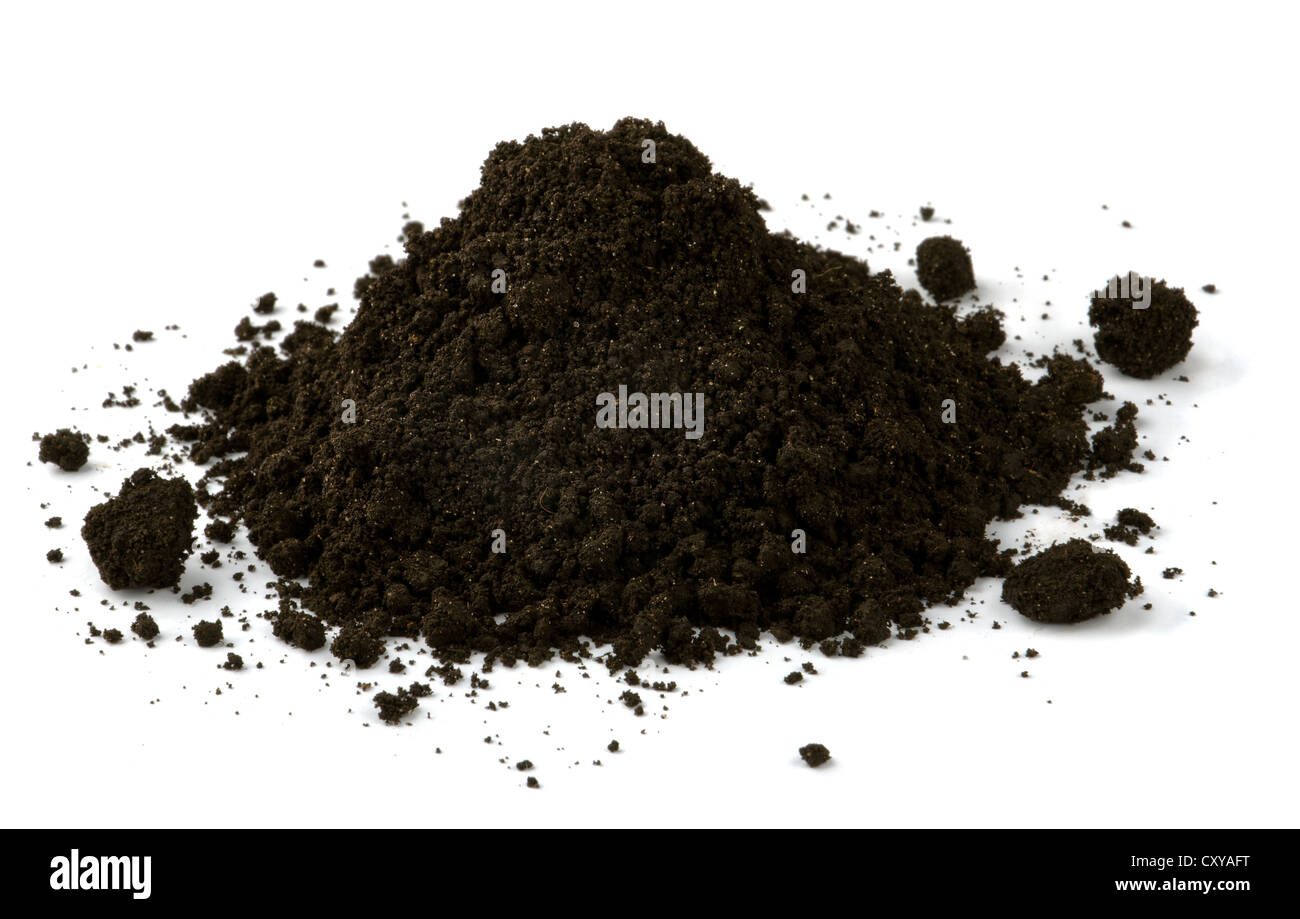 Pile of black fertile soil isolated on white Stock Photohttps://www.alamy.com/image-license-details/?v=1https://www.alamy.com/stock-photo-pile-of-black-fertile-soil-isolated-on-white-51002780.html
Pile of black fertile soil isolated on white Stock Photohttps://www.alamy.com/image-license-details/?v=1https://www.alamy.com/stock-photo-pile-of-black-fertile-soil-isolated-on-white-51002780.htmlRFCXYAFT–Pile of black fertile soil isolated on white
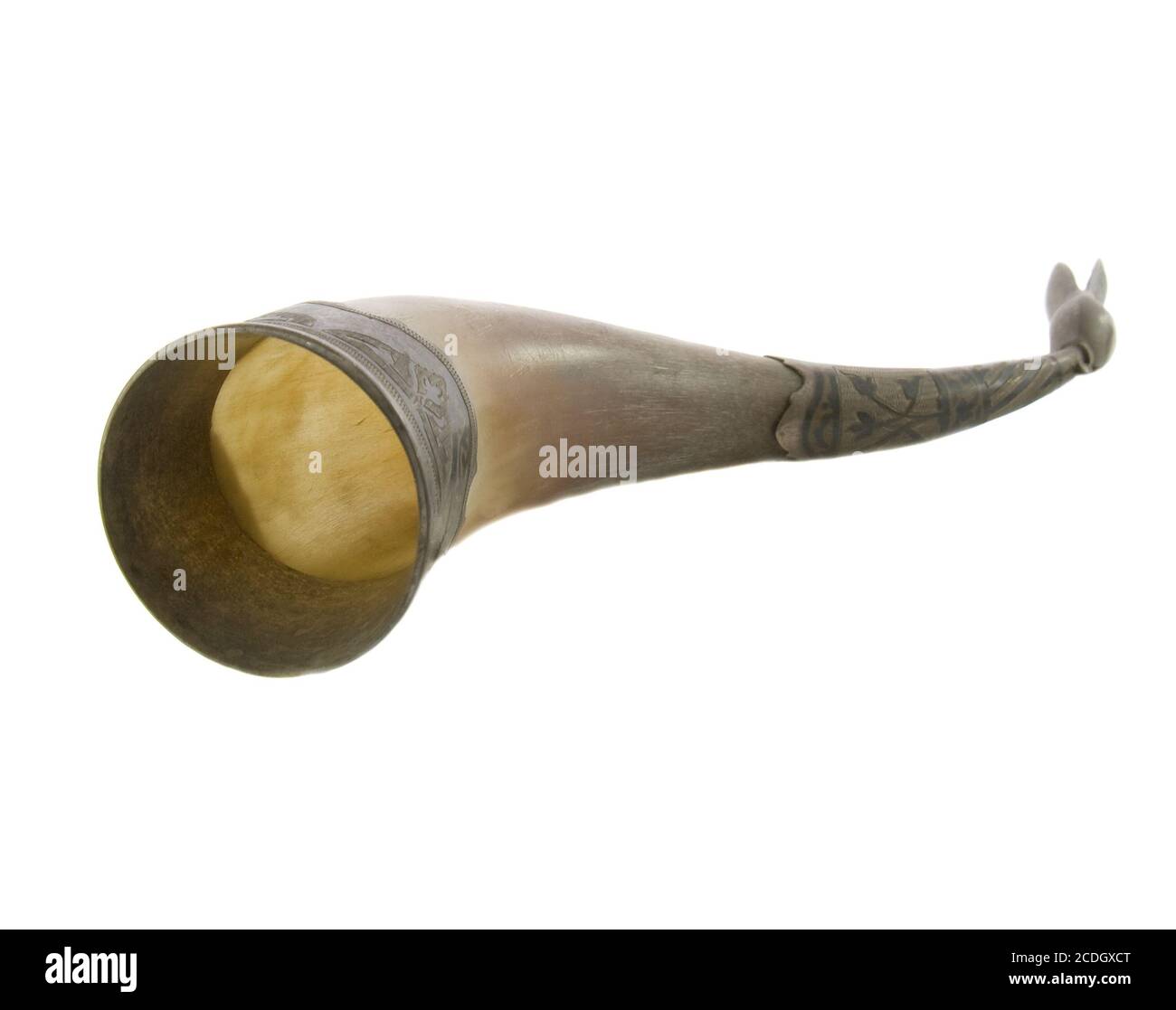 Bone national horn of plenty decorated with silver stamping isolated over white background Stock Photohttps://www.alamy.com/image-license-details/?v=1https://www.alamy.com/bone-national-horn-of-plenty-decorated-with-silver-stamping-isolated-over-white-background-image369780232.html
Bone national horn of plenty decorated with silver stamping isolated over white background Stock Photohttps://www.alamy.com/image-license-details/?v=1https://www.alamy.com/bone-national-horn-of-plenty-decorated-with-silver-stamping-isolated-over-white-background-image369780232.htmlRM2CDGXCT–Bone national horn of plenty decorated with silver stamping isolated over white background
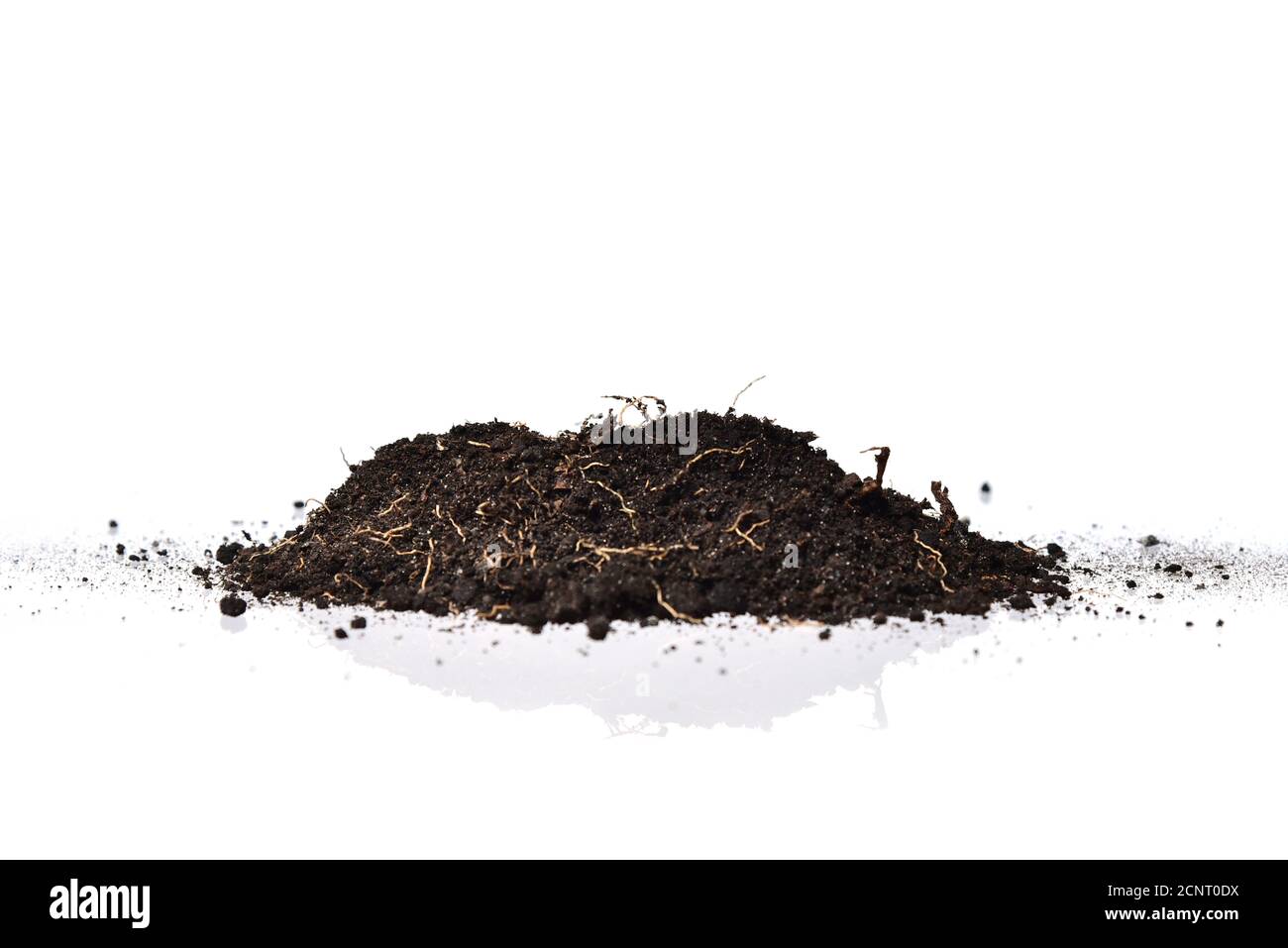 Agriculture dirt soil plant, organic farm grow Stock Photohttps://www.alamy.com/image-license-details/?v=1https://www.alamy.com/agriculture-dirt-soil-plant-organic-farm-grow-image374852742.html
Agriculture dirt soil plant, organic farm grow Stock Photohttps://www.alamy.com/image-license-details/?v=1https://www.alamy.com/agriculture-dirt-soil-plant-organic-farm-grow-image374852742.htmlRF2CNT0DX–Agriculture dirt soil plant, organic farm grow
 Cornucopia bone full of gold coin Stock Photohttps://www.alamy.com/image-license-details/?v=1https://www.alamy.com/stock-photo-cornucopia-bone-full-of-gold-coin-82872170.html
Cornucopia bone full of gold coin Stock Photohttps://www.alamy.com/image-license-details/?v=1https://www.alamy.com/stock-photo-cornucopia-bone-full-of-gold-coin-82872170.htmlRFEPR48A–Cornucopia bone full of gold coin
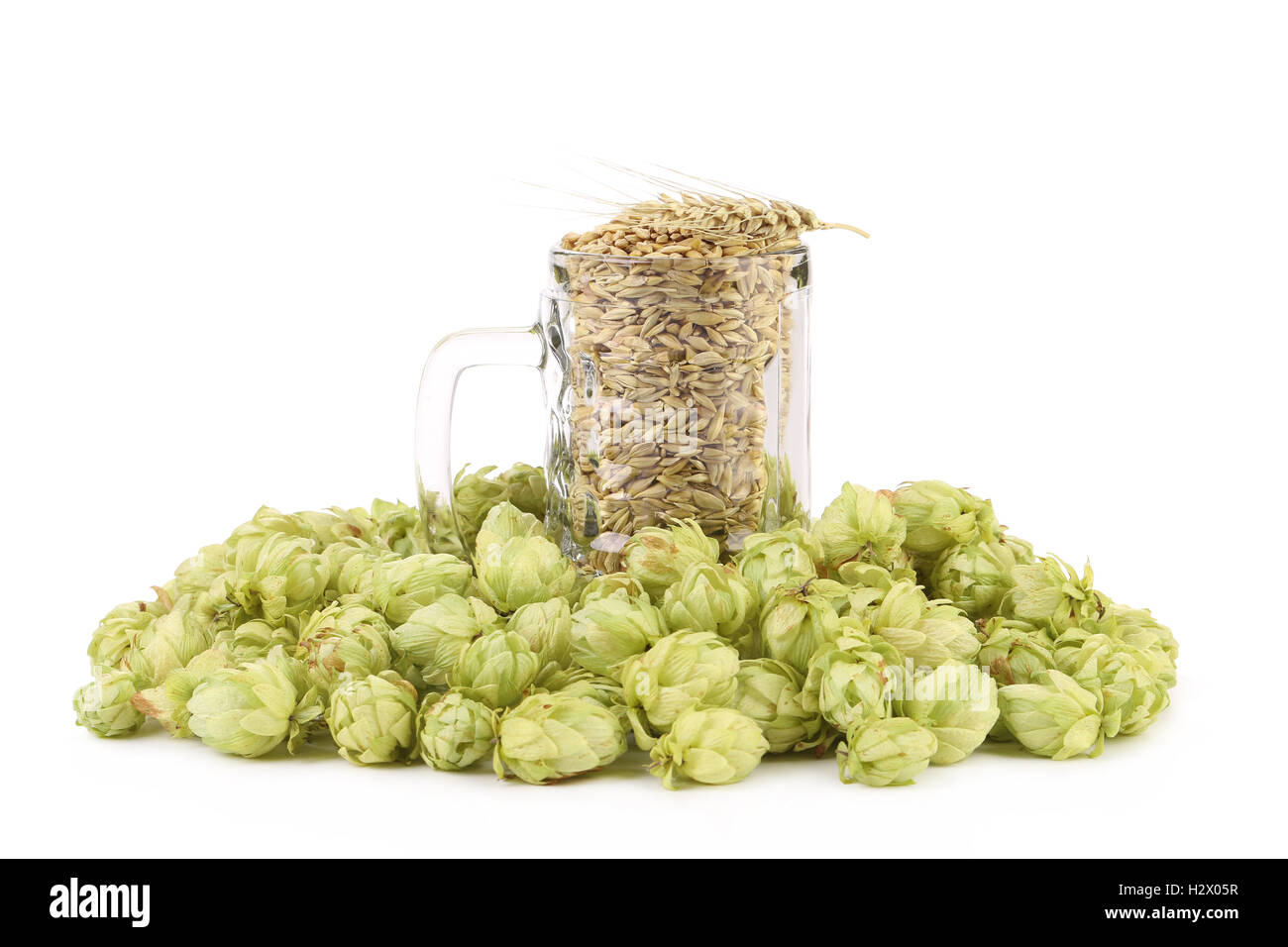 Glass full of barley and hops. Stock Photohttps://www.alamy.com/image-license-details/?v=1https://www.alamy.com/stock-photo-glass-full-of-barley-and-hops-122272803.html
Glass full of barley and hops. Stock Photohttps://www.alamy.com/image-license-details/?v=1https://www.alamy.com/stock-photo-glass-full-of-barley-and-hops-122272803.htmlRFH2X05R–Glass full of barley and hops.
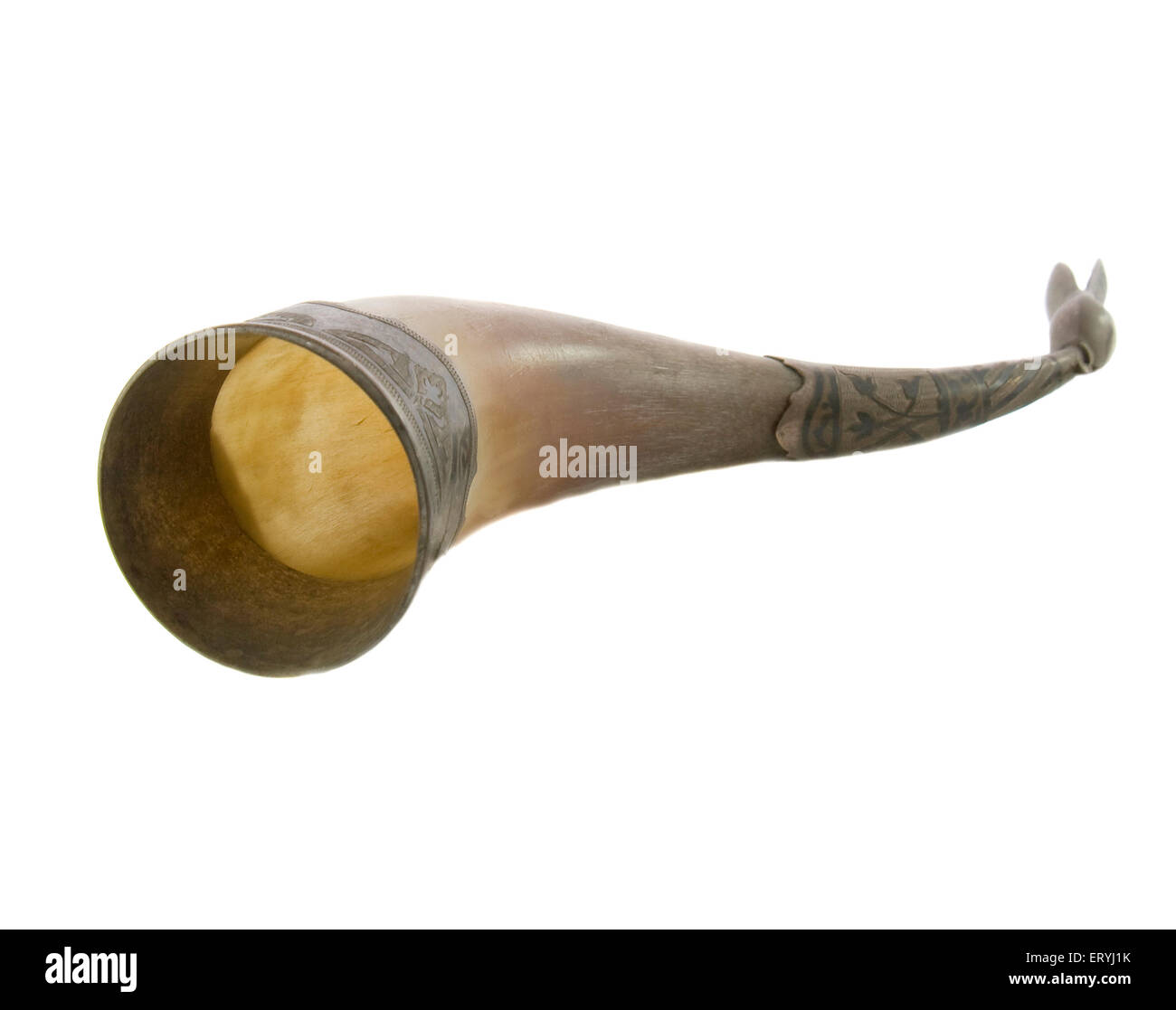 Bone national horn of plenty decorated with silver stamping isol Stock Photohttps://www.alamy.com/image-license-details/?v=1https://www.alamy.com/stock-photo-bone-national-horn-of-plenty-decorated-with-silver-stamping-isol-83585423.html
Bone national horn of plenty decorated with silver stamping isol Stock Photohttps://www.alamy.com/image-license-details/?v=1https://www.alamy.com/stock-photo-bone-national-horn-of-plenty-decorated-with-silver-stamping-isol-83585423.htmlRFERYJ1K–Bone national horn of plenty decorated with silver stamping isol
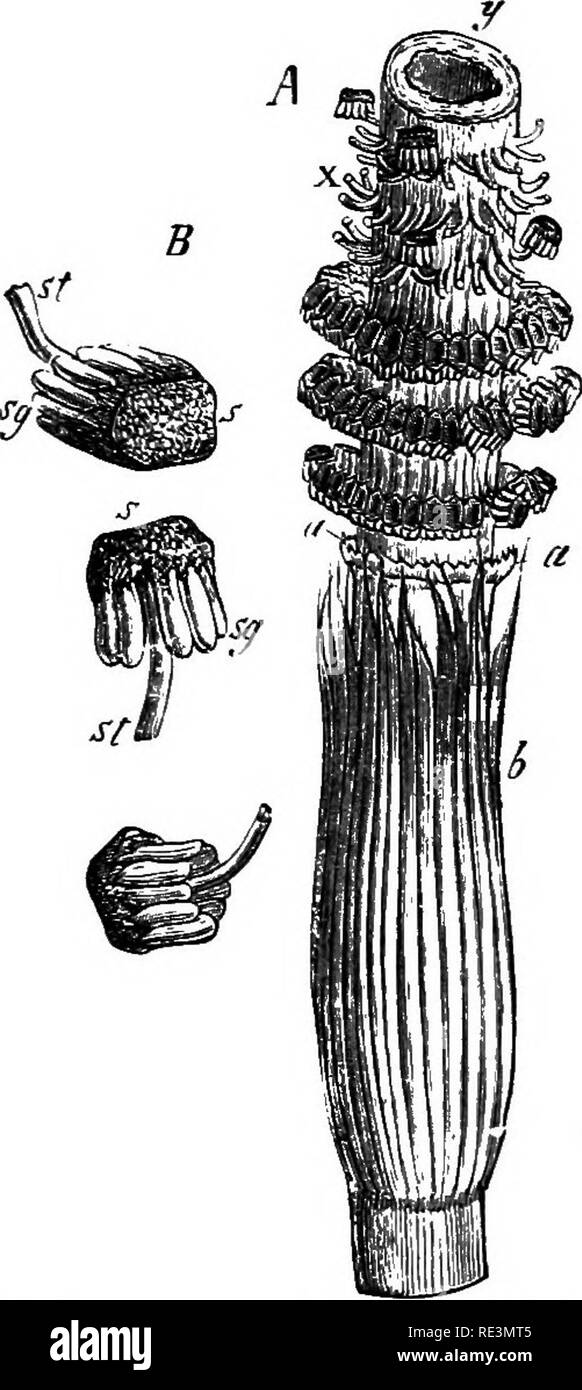 . A handbook of cryptogamic botany. Cryptogams. VASCULAR CRYPTOGAMS The sporanges of the Equisetaceas are collected into teraiinal spicate ' fructifications' of a cone-like or catkin-like character, resembling nothing else among existing Vascular Cryptogams. These are borne at the extremity either of the ordinary green vegetative stems, whether branched (E. palustre, L.) or unbranched (E. hyemale, L.), or of special fertile stems (E. arvense, pratense, Ehrh., maximum. Lam.), which are then always simple, even when the barren stems are branched, and are usually stouter, nearly or quite desti- t Stock Photohttps://www.alamy.com/image-license-details/?v=1https://www.alamy.com/a-handbook-of-cryptogamic-botany-cryptogams-vascular-cryptogams-the-sporanges-of-the-equisetaceas-are-collected-into-teraiinal-spicate-fructifications-of-a-cone-like-or-catkin-like-character-resembling-nothing-else-among-existing-vascular-cryptogams-these-are-borne-at-the-extremity-either-of-the-ordinary-green-vegetative-stems-whether-branched-e-palustre-l-or-unbranched-e-hyemale-l-or-of-special-fertile-stems-e-arvense-pratense-ehrh-maximum-lam-which-are-then-always-simple-even-when-the-barren-stems-are-branched-and-are-usually-stouter-nearly-or-quite-desti-t-image232422181.html
. A handbook of cryptogamic botany. Cryptogams. VASCULAR CRYPTOGAMS The sporanges of the Equisetaceas are collected into teraiinal spicate ' fructifications' of a cone-like or catkin-like character, resembling nothing else among existing Vascular Cryptogams. These are borne at the extremity either of the ordinary green vegetative stems, whether branched (E. palustre, L.) or unbranched (E. hyemale, L.), or of special fertile stems (E. arvense, pratense, Ehrh., maximum. Lam.), which are then always simple, even when the barren stems are branched, and are usually stouter, nearly or quite desti- t Stock Photohttps://www.alamy.com/image-license-details/?v=1https://www.alamy.com/a-handbook-of-cryptogamic-botany-cryptogams-vascular-cryptogams-the-sporanges-of-the-equisetaceas-are-collected-into-teraiinal-spicate-fructifications-of-a-cone-like-or-catkin-like-character-resembling-nothing-else-among-existing-vascular-cryptogams-these-are-borne-at-the-extremity-either-of-the-ordinary-green-vegetative-stems-whether-branched-e-palustre-l-or-unbranched-e-hyemale-l-or-of-special-fertile-stems-e-arvense-pratense-ehrh-maximum-lam-which-are-then-always-simple-even-when-the-barren-stems-are-branched-and-are-usually-stouter-nearly-or-quite-desti-t-image232422181.htmlRMRE3MT5–. A handbook of cryptogamic botany. Cryptogams. VASCULAR CRYPTOGAMS The sporanges of the Equisetaceas are collected into teraiinal spicate ' fructifications' of a cone-like or catkin-like character, resembling nothing else among existing Vascular Cryptogams. These are borne at the extremity either of the ordinary green vegetative stems, whether branched (E. palustre, L.) or unbranched (E. hyemale, L.), or of special fertile stems (E. arvense, pratense, Ehrh., maximum. Lam.), which are then always simple, even when the barren stems are branched, and are usually stouter, nearly or quite desti- t
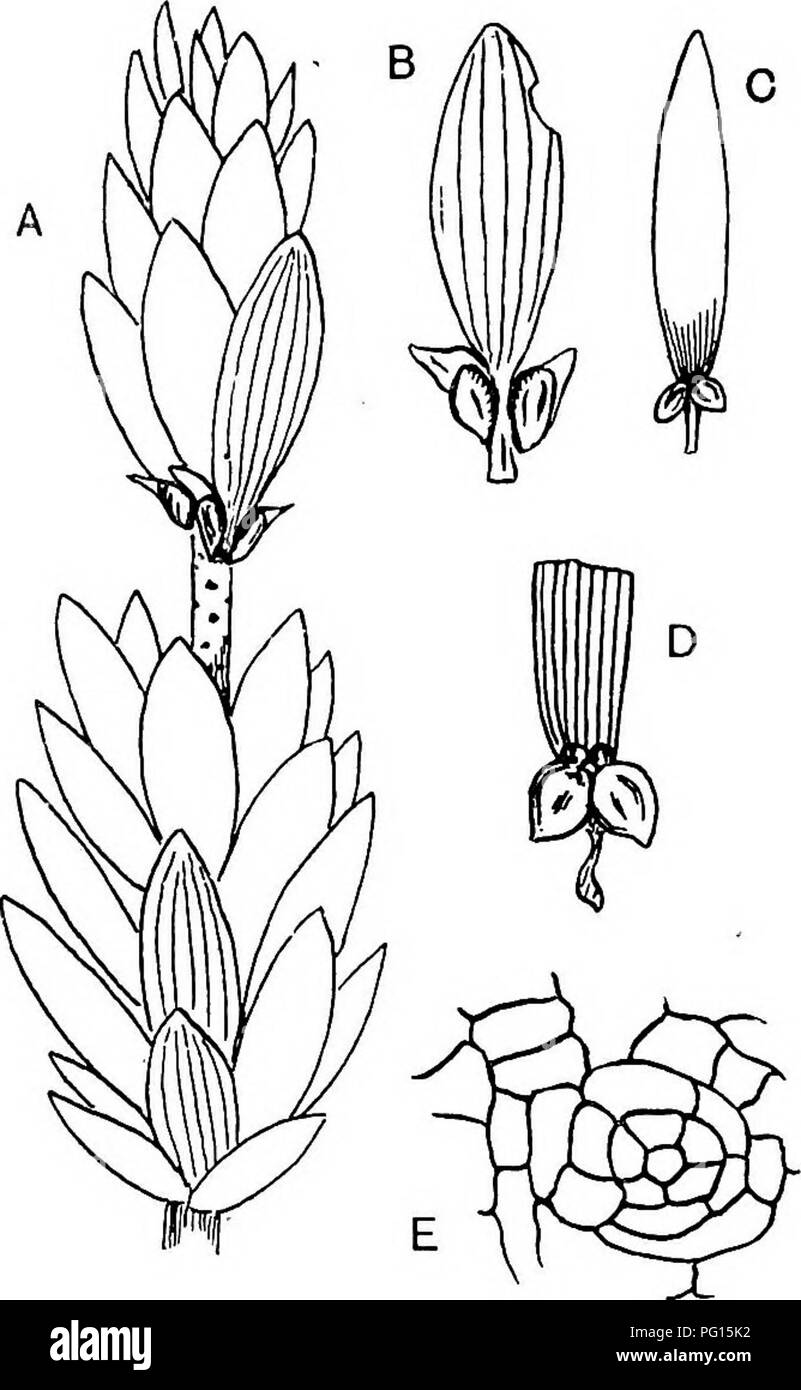 This work introduces the study of fossil plants, focusing on paleobotany. It includes descriptions of species such as Cycadocarpidium Erdmanni and their role in understanding ancient plant life and geological history. Stock Photohttps://www.alamy.com/image-license-details/?v=1https://www.alamy.com/this-work-introduces-the-study-of-fossil-plants-focusing-on-paleobotany-it-includes-descriptions-of-species-such-as-cycadocarpidium-erdmanni-and-their-role-in-understanding-ancient-plant-life-and-geological-history-image216385318.html
This work introduces the study of fossil plants, focusing on paleobotany. It includes descriptions of species such as Cycadocarpidium Erdmanni and their role in understanding ancient plant life and geological history. Stock Photohttps://www.alamy.com/image-license-details/?v=1https://www.alamy.com/this-work-introduces-the-study-of-fossil-plants-focusing-on-paleobotany-it-includes-descriptions-of-species-such-as-cycadocarpidium-erdmanni-and-their-role-in-understanding-ancient-plant-life-and-geological-history-image216385318.htmlRMPG15K2–This work introduces the study of fossil plants, focusing on paleobotany. It includes descriptions of species such as Cycadocarpidium Erdmanni and their role in understanding ancient plant life and geological history.
 Cornucopia bone full of gold coin Stock Photohttps://www.alamy.com/image-license-details/?v=1https://www.alamy.com/cornucopia-bone-full-of-gold-coin-image369779672.html
Cornucopia bone full of gold coin Stock Photohttps://www.alamy.com/image-license-details/?v=1https://www.alamy.com/cornucopia-bone-full-of-gold-coin-image369779672.htmlRM2CDGWMT–Cornucopia bone full of gold coin
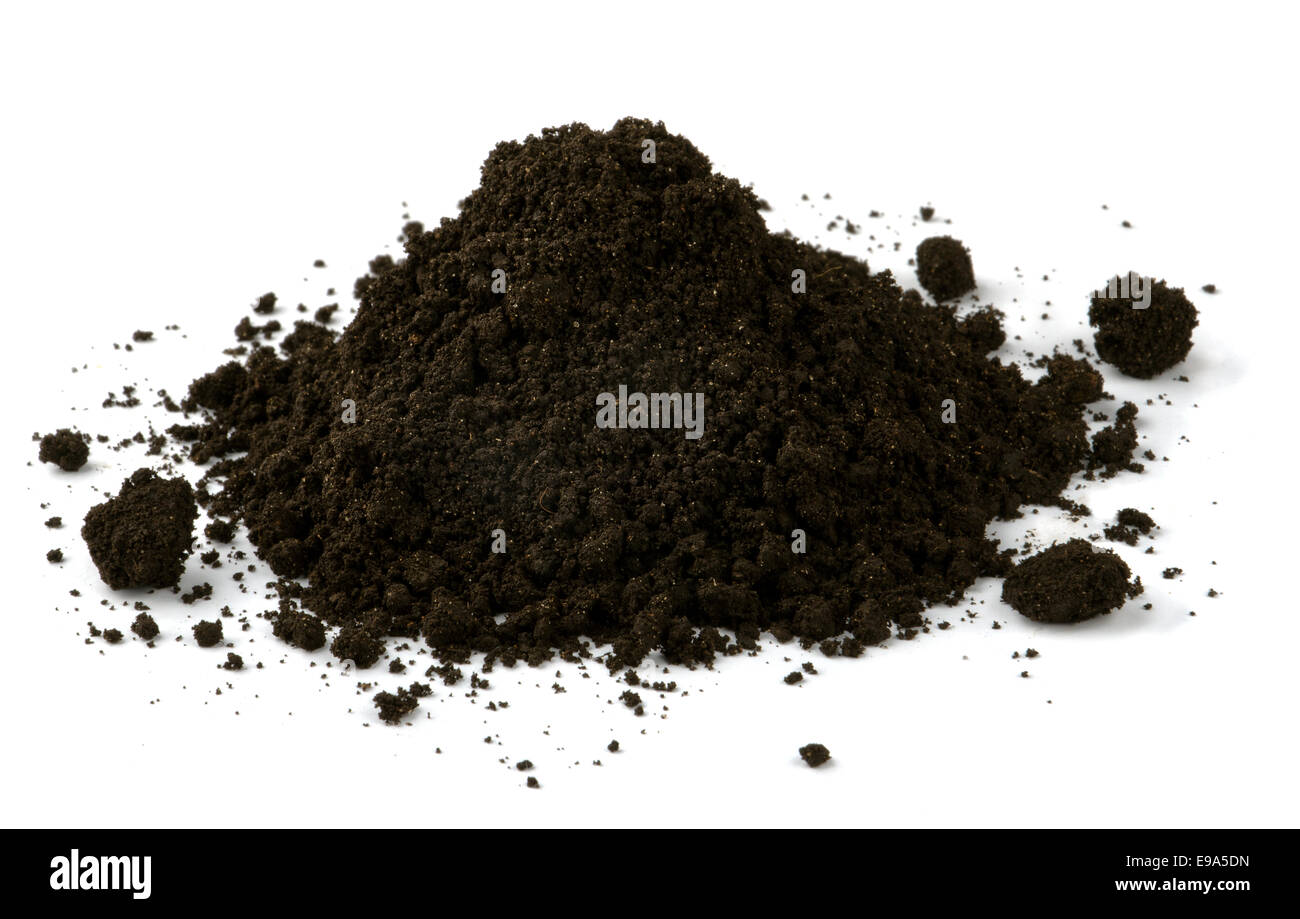 Black soil Stock Photohttps://www.alamy.com/image-license-details/?v=1https://www.alamy.com/stock-photo-black-soil-74597201.html
Black soil Stock Photohttps://www.alamy.com/image-license-details/?v=1https://www.alamy.com/stock-photo-black-soil-74597201.htmlRFE9A5DN–Black soil
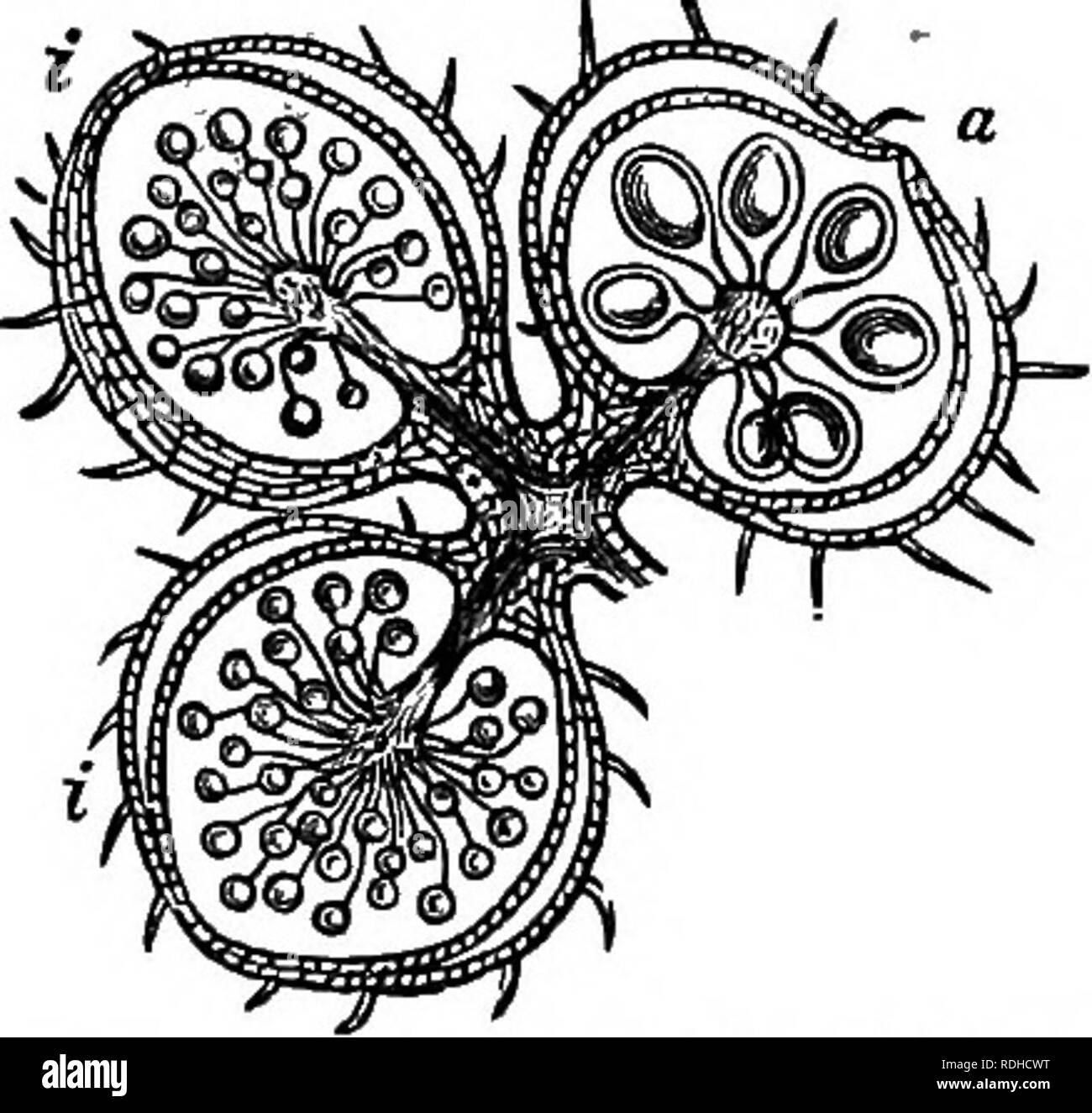 . Botany for academies and colleges: consisting of plant development and structure from seaweed to clematis. Botany; 1889. Fig. 37.—Horsetail {"Egtiue- tvm Telmateia: 1, top of fertile stem, 'with cone of spores; 2, a scale from the cone, with its spore-cases and stalk; 3, a spore with its four filaments un- coiled ; 4, spore with coiled filaments. The leaves sleep at night. The little starchy fruits, about the size of peppercorns, are Fig. 38.—ManUea macropus^ or Salvatrix; showing sporocarps on the creeping root, near the hases of the long leaf-stalks. Plant entire. edible. Those of the Stock Photohttps://www.alamy.com/image-license-details/?v=1https://www.alamy.com/botany-for-academies-and-colleges-consisting-of-plant-development-and-structure-from-seaweed-to-clematis-botany-1889-fig-37horsetail-quotegtiue-tvm-telmateia-1-top-of-fertile-stem-with-cone-of-spores-2-a-scale-from-the-cone-with-its-spore-cases-and-stalk-3-a-spore-with-its-four-filaments-un-coiled-4-spore-with-coiled-filaments-the-leaves-sleep-at-night-the-little-starchy-fruits-about-the-size-of-peppercorns-are-fig-38manuea-macropus-or-salvatrix-showing-sporocarps-on-the-creeping-root-near-the-hases-of-the-long-leaf-stalks-plant-entire-edible-those-of-the-image232108628.html
. Botany for academies and colleges: consisting of plant development and structure from seaweed to clematis. Botany; 1889. Fig. 37.—Horsetail {"Egtiue- tvm Telmateia: 1, top of fertile stem, 'with cone of spores; 2, a scale from the cone, with its spore-cases and stalk; 3, a spore with its four filaments un- coiled ; 4, spore with coiled filaments. The leaves sleep at night. The little starchy fruits, about the size of peppercorns, are Fig. 38.—ManUea macropus^ or Salvatrix; showing sporocarps on the creeping root, near the hases of the long leaf-stalks. Plant entire. edible. Those of the Stock Photohttps://www.alamy.com/image-license-details/?v=1https://www.alamy.com/botany-for-academies-and-colleges-consisting-of-plant-development-and-structure-from-seaweed-to-clematis-botany-1889-fig-37horsetail-quotegtiue-tvm-telmateia-1-top-of-fertile-stem-with-cone-of-spores-2-a-scale-from-the-cone-with-its-spore-cases-and-stalk-3-a-spore-with-its-four-filaments-un-coiled-4-spore-with-coiled-filaments-the-leaves-sleep-at-night-the-little-starchy-fruits-about-the-size-of-peppercorns-are-fig-38manuea-macropus-or-salvatrix-showing-sporocarps-on-the-creeping-root-near-the-hases-of-the-long-leaf-stalks-plant-entire-edible-those-of-the-image232108628.htmlRMRDHCWT–. Botany for academies and colleges: consisting of plant development and structure from seaweed to clematis. Botany; 1889. Fig. 37.—Horsetail {"Egtiue- tvm Telmateia: 1, top of fertile stem, 'with cone of spores; 2, a scale from the cone, with its spore-cases and stalk; 3, a spore with its four filaments un- coiled ; 4, spore with coiled filaments. The leaves sleep at night. The little starchy fruits, about the size of peppercorns, are Fig. 38.—ManUea macropus^ or Salvatrix; showing sporocarps on the creeping root, near the hases of the long leaf-stalks. Plant entire. edible. Those of the
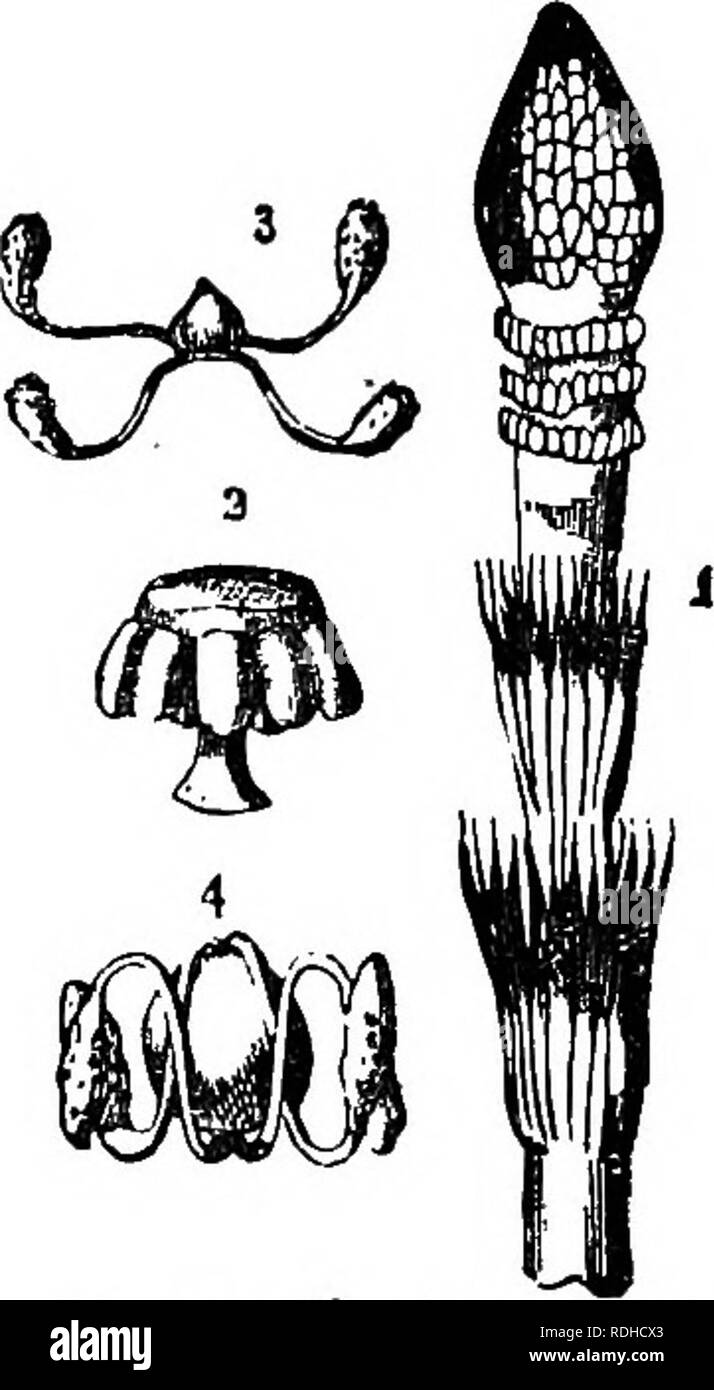 . Botany for academies and colleges: consisting of plant development and structure from seaweed to clematis. Botany; 1889. Fig. 37.—Horsetail {"Egtiue- tvm Telmateia: 1, top of fertile stem, 'with cone of spores; 2, a scale from the cone, with its spore-cases and stalk; 3, a spore with its four filaments un- coiled ; 4, spore with coiled filaments. The leaves sleep at night. The little starchy fruits, about the size of peppercorns, are Fig. 38.—ManUea macropus^ or Salvatrix; showing sporocarps on the creeping root, near the hases of the long leaf-stalks. Plant entire. edible. Those of the Stock Photohttps://www.alamy.com/image-license-details/?v=1https://www.alamy.com/botany-for-academies-and-colleges-consisting-of-plant-development-and-structure-from-seaweed-to-clematis-botany-1889-fig-37horsetail-quotegtiue-tvm-telmateia-1-top-of-fertile-stem-with-cone-of-spores-2-a-scale-from-the-cone-with-its-spore-cases-and-stalk-3-a-spore-with-its-four-filaments-un-coiled-4-spore-with-coiled-filaments-the-leaves-sleep-at-night-the-little-starchy-fruits-about-the-size-of-peppercorns-are-fig-38manuea-macropus-or-salvatrix-showing-sporocarps-on-the-creeping-root-near-the-hases-of-the-long-leaf-stalks-plant-entire-edible-those-of-the-image232108635.html
. Botany for academies and colleges: consisting of plant development and structure from seaweed to clematis. Botany; 1889. Fig. 37.—Horsetail {"Egtiue- tvm Telmateia: 1, top of fertile stem, 'with cone of spores; 2, a scale from the cone, with its spore-cases and stalk; 3, a spore with its four filaments un- coiled ; 4, spore with coiled filaments. The leaves sleep at night. The little starchy fruits, about the size of peppercorns, are Fig. 38.—ManUea macropus^ or Salvatrix; showing sporocarps on the creeping root, near the hases of the long leaf-stalks. Plant entire. edible. Those of the Stock Photohttps://www.alamy.com/image-license-details/?v=1https://www.alamy.com/botany-for-academies-and-colleges-consisting-of-plant-development-and-structure-from-seaweed-to-clematis-botany-1889-fig-37horsetail-quotegtiue-tvm-telmateia-1-top-of-fertile-stem-with-cone-of-spores-2-a-scale-from-the-cone-with-its-spore-cases-and-stalk-3-a-spore-with-its-four-filaments-un-coiled-4-spore-with-coiled-filaments-the-leaves-sleep-at-night-the-little-starchy-fruits-about-the-size-of-peppercorns-are-fig-38manuea-macropus-or-salvatrix-showing-sporocarps-on-the-creeping-root-near-the-hases-of-the-long-leaf-stalks-plant-entire-edible-those-of-the-image232108635.htmlRMRDHCX3–. Botany for academies and colleges: consisting of plant development and structure from seaweed to clematis. Botany; 1889. Fig. 37.—Horsetail {"Egtiue- tvm Telmateia: 1, top of fertile stem, 'with cone of spores; 2, a scale from the cone, with its spore-cases and stalk; 3, a spore with its four filaments un- coiled ; 4, spore with coiled filaments. The leaves sleep at night. The little starchy fruits, about the size of peppercorns, are Fig. 38.—ManUea macropus^ or Salvatrix; showing sporocarps on the creeping root, near the hases of the long leaf-stalks. Plant entire. edible. Those of the
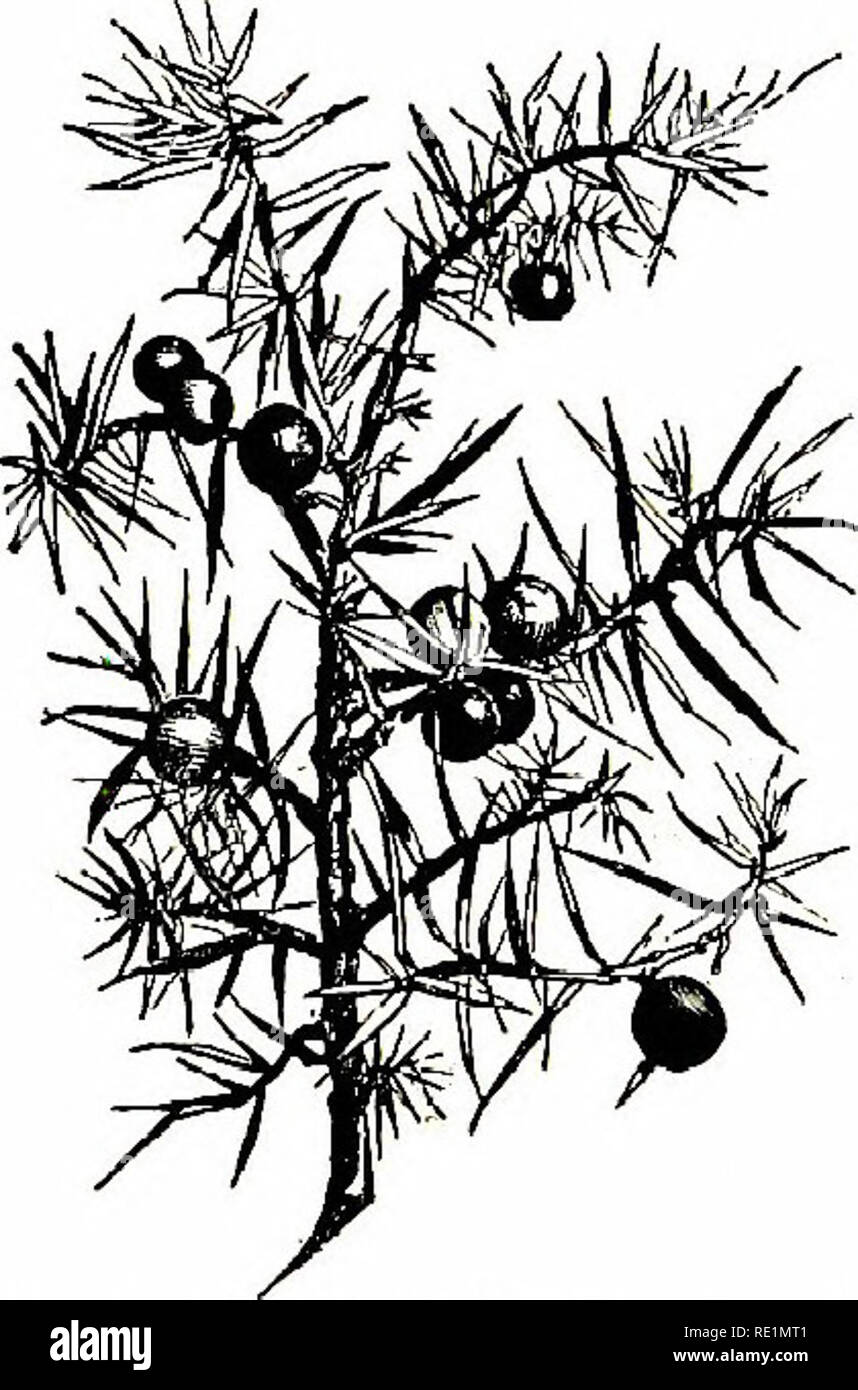 . Flowers of the field. Botany. 268 MONOCHLAMYDE^ I. PiNus (Fir).—Barren flowers, in clustered, scaly catkins, the upper scales bearing sessile anthers ; fertile flowers in an egg-shaped catkin, which finally becomes a woody cone ; seeds winged. (Name, the Latin name of the tree.) P. syhestris (Scotch Fir).—A tall, picturesque tree, with reddish bark, and a dense, tufted head. Leaves in pairs, about 2 inches long, surrounded by scales, evergreen. The cones are smaU, sessile, and grow 1-3 together. Wings of the seeds 2 or 3 times as long as the seeds. Indigenous in the Highlands of Scotland, an Stock Photohttps://www.alamy.com/image-license-details/?v=1https://www.alamy.com/flowers-of-the-field-botany-268-monochlamyde-i-pinus-firbarren-flowers-in-clustered-scaly-catkins-the-upper-scales-bearing-sessile-anthers-fertile-flowers-in-an-egg-shaped-catkin-which-finally-becomes-a-woody-cone-seeds-winged-name-the-latin-name-of-the-tree-p-syhestris-scotch-fira-tall-picturesque-tree-with-reddish-bark-and-a-dense-tufted-head-leaves-in-pairs-about-2-inches-long-surrounded-by-scales-evergreen-the-cones-are-smau-sessile-and-grow-1-3-together-wings-of-the-seeds-2-or-3-times-as-long-as-the-seeds-indigenous-in-the-highlands-of-scotland-an-image232378273.html
. Flowers of the field. Botany. 268 MONOCHLAMYDE^ I. PiNus (Fir).—Barren flowers, in clustered, scaly catkins, the upper scales bearing sessile anthers ; fertile flowers in an egg-shaped catkin, which finally becomes a woody cone ; seeds winged. (Name, the Latin name of the tree.) P. syhestris (Scotch Fir).—A tall, picturesque tree, with reddish bark, and a dense, tufted head. Leaves in pairs, about 2 inches long, surrounded by scales, evergreen. The cones are smaU, sessile, and grow 1-3 together. Wings of the seeds 2 or 3 times as long as the seeds. Indigenous in the Highlands of Scotland, an Stock Photohttps://www.alamy.com/image-license-details/?v=1https://www.alamy.com/flowers-of-the-field-botany-268-monochlamyde-i-pinus-firbarren-flowers-in-clustered-scaly-catkins-the-upper-scales-bearing-sessile-anthers-fertile-flowers-in-an-egg-shaped-catkin-which-finally-becomes-a-woody-cone-seeds-winged-name-the-latin-name-of-the-tree-p-syhestris-scotch-fira-tall-picturesque-tree-with-reddish-bark-and-a-dense-tufted-head-leaves-in-pairs-about-2-inches-long-surrounded-by-scales-evergreen-the-cones-are-smau-sessile-and-grow-1-3-together-wings-of-the-seeds-2-or-3-times-as-long-as-the-seeds-indigenous-in-the-highlands-of-scotland-an-image232378273.htmlRMRE1MT1–. Flowers of the field. Botany. 268 MONOCHLAMYDE^ I. PiNus (Fir).—Barren flowers, in clustered, scaly catkins, the upper scales bearing sessile anthers ; fertile flowers in an egg-shaped catkin, which finally becomes a woody cone ; seeds winged. (Name, the Latin name of the tree.) P. syhestris (Scotch Fir).—A tall, picturesque tree, with reddish bark, and a dense, tufted head. Leaves in pairs, about 2 inches long, surrounded by scales, evergreen. The cones are smaU, sessile, and grow 1-3 together. Wings of the seeds 2 or 3 times as long as the seeds. Indigenous in the Highlands of Scotland, an
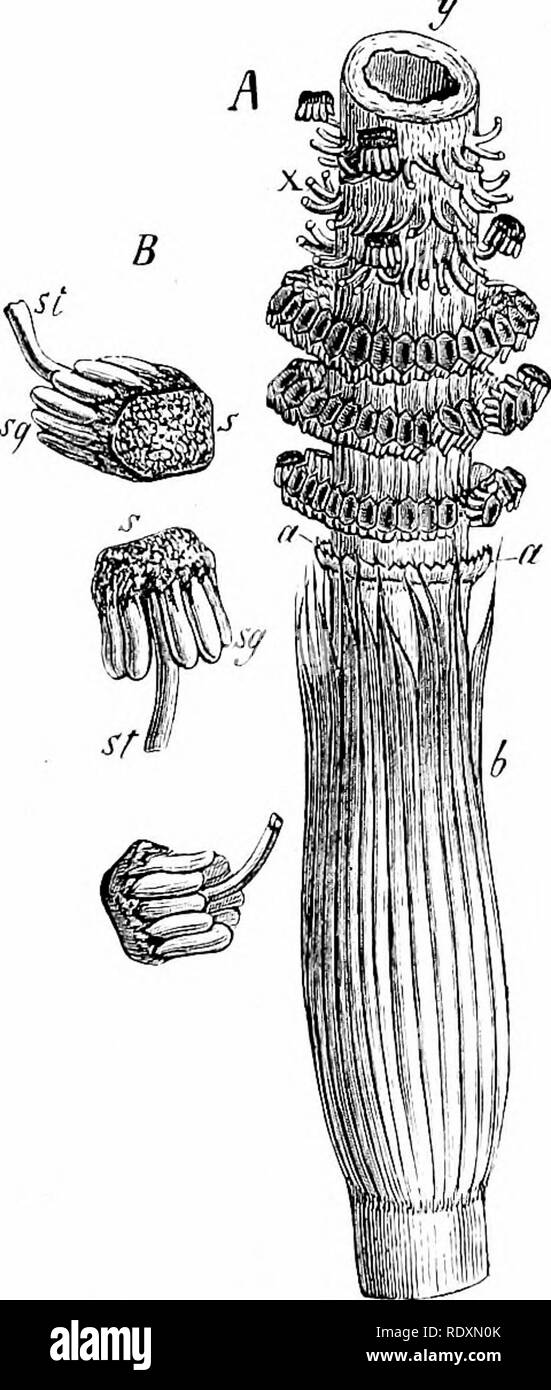 . The origin of a land flora, a theory based upon the facts of alternation. Plant morphology. C(i./amostachys. Diagram of cone in radial section. ). ,v/;/=sporangia borne on the sporangiophores. As the bracts are alternate with one another their upturned tips are only shown in every alternate verticil. (After Scott.) Fir;. 79. Equisctiuu maxuHiim, Link. A, the upper part of a fertile axis, with the lower half of the strobilus. Natural size. /' = the leaf-sheath. <? = annulus. tr = stalks of spor- angiophores cut off. y = transverse section of axis. i?=sporang!ophores in various posi- tions Stock Photohttps://www.alamy.com/image-license-details/?v=1https://www.alamy.com/the-origin-of-a-land-flora-a-theory-based-upon-the-facts-of-alternation-plant-morphology-ciamostachys-diagram-of-cone-in-radial-section-v=sporangia-borne-on-the-sporangiophores-as-the-bracts-are-alternate-with-one-another-their-upturned-tips-are-only-shown-in-every-alternate-verticil-after-scott-fir-79-equisctiuu-maxuhiim-link-a-the-upper-part-of-a-fertile-axis-with-the-lower-half-of-the-strobilus-natural-size-=-the-leaf-sheath-lt-=-annulus-tr-=-stalks-of-spor-angiophores-cut-off-y-=-transverse-section-of-axis-i=sporang!ophores-in-various-posi-tions-image232312547.html
. The origin of a land flora, a theory based upon the facts of alternation. Plant morphology. C(i./amostachys. Diagram of cone in radial section. ). ,v/;/=sporangia borne on the sporangiophores. As the bracts are alternate with one another their upturned tips are only shown in every alternate verticil. (After Scott.) Fir;. 79. Equisctiuu maxuHiim, Link. A, the upper part of a fertile axis, with the lower half of the strobilus. Natural size. /' = the leaf-sheath. <? = annulus. tr = stalks of spor- angiophores cut off. y = transverse section of axis. i?=sporang!ophores in various posi- tions Stock Photohttps://www.alamy.com/image-license-details/?v=1https://www.alamy.com/the-origin-of-a-land-flora-a-theory-based-upon-the-facts-of-alternation-plant-morphology-ciamostachys-diagram-of-cone-in-radial-section-v=sporangia-borne-on-the-sporangiophores-as-the-bracts-are-alternate-with-one-another-their-upturned-tips-are-only-shown-in-every-alternate-verticil-after-scott-fir-79-equisctiuu-maxuhiim-link-a-the-upper-part-of-a-fertile-axis-with-the-lower-half-of-the-strobilus-natural-size-=-the-leaf-sheath-lt-=-annulus-tr-=-stalks-of-spor-angiophores-cut-off-y-=-transverse-section-of-axis-i=sporang!ophores-in-various-posi-tions-image232312547.htmlRMRDXN0K–. The origin of a land flora, a theory based upon the facts of alternation. Plant morphology. C(i./amostachys. Diagram of cone in radial section. ). ,v/;/=sporangia borne on the sporangiophores. As the bracts are alternate with one another their upturned tips are only shown in every alternate verticil. (After Scott.) Fir;. 79. Equisctiuu maxuHiim, Link. A, the upper part of a fertile axis, with the lower half of the strobilus. Natural size. /' = the leaf-sheath. <? = annulus. tr = stalks of spor- angiophores cut off. y = transverse section of axis. i?=sporang!ophores in various posi- tions